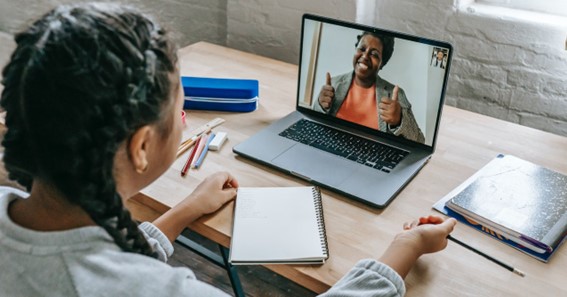Today, with computers and the internet, you can earn a GED, college degree, or professional certificate without leaving your home. It’s a convenient way to learn and eliminates the time and cost of commuting, lugging heavy books around campus, and allows you to learn completely on your own schedule. Although this is a fairly new development, starting in the late 20th Century, distance learning has been around for much longer. It actually began more than 150 years ago. This may seem surprising but it is true.
The Start of Distance Learning
Long before today’s online learning programs in which there are many online colleges offering laptops for free to students, people learned while not physically present in a classroom. The development of the United States Postal Service in the mid-1800s put in place the mechanism that allowed for correspondence courses.
Many colleges offered study and degree programs through the mail No laptop was needed as the post office delivered books and other learning materials to students who would then study the curriculum. They would then take tests, write papers, and send them to professors for grading. 1873 saw the establishment of the Society to Encourage Home Studies in Boston. This organization did much to advance learning through the mail.
The Use of Television
With the invention of television, a new tool was now available to aid distance learning. The University of House broadcast classes on the Houston, Texas television station KUHT starting in 1953. In addition to receiving materials in the mail, students could now watch lectures and demonstrations on television. This was a great boost in distance learning. Other colleges and institutions adopted the idea, often broadcasting in the evening so people who worked during the day could view the lessons.
The Internet and Computers
Computer technology advance rapidly in the 20th Century and as it drew to a close, many people had personal computers with internet access in their homes. This offered a whole new way to learn and in 1989, the University of Phoenix lead the way by launching the first online bachelor’s and master’s degree programs.
Jones International University came on the scene in 1996. Created by entrepreneurs Glen Jones and Bernard Luskin, Jones International was the first fully accredited and completely online college. Online learning gained momentum and eventually, the Blackboard Learning System was created. Used by colleges throughout the U.S. by 2003 there were more than six million studying more than 150,000 courses from over 40,000 instructors worldwide.
Today in 2022, one in four college students take at least one class online and 93% of American universities over online courses. The world of online learning continues to grow. It is estimated that by 2014, there will be nearly 19 million students learning via the internet.
Online universities are very common today. But distance learning has a long history that dates back to the start of the post office. It has proven effective as a way to get a quality education and advances in technology have led to today’s online schools.







